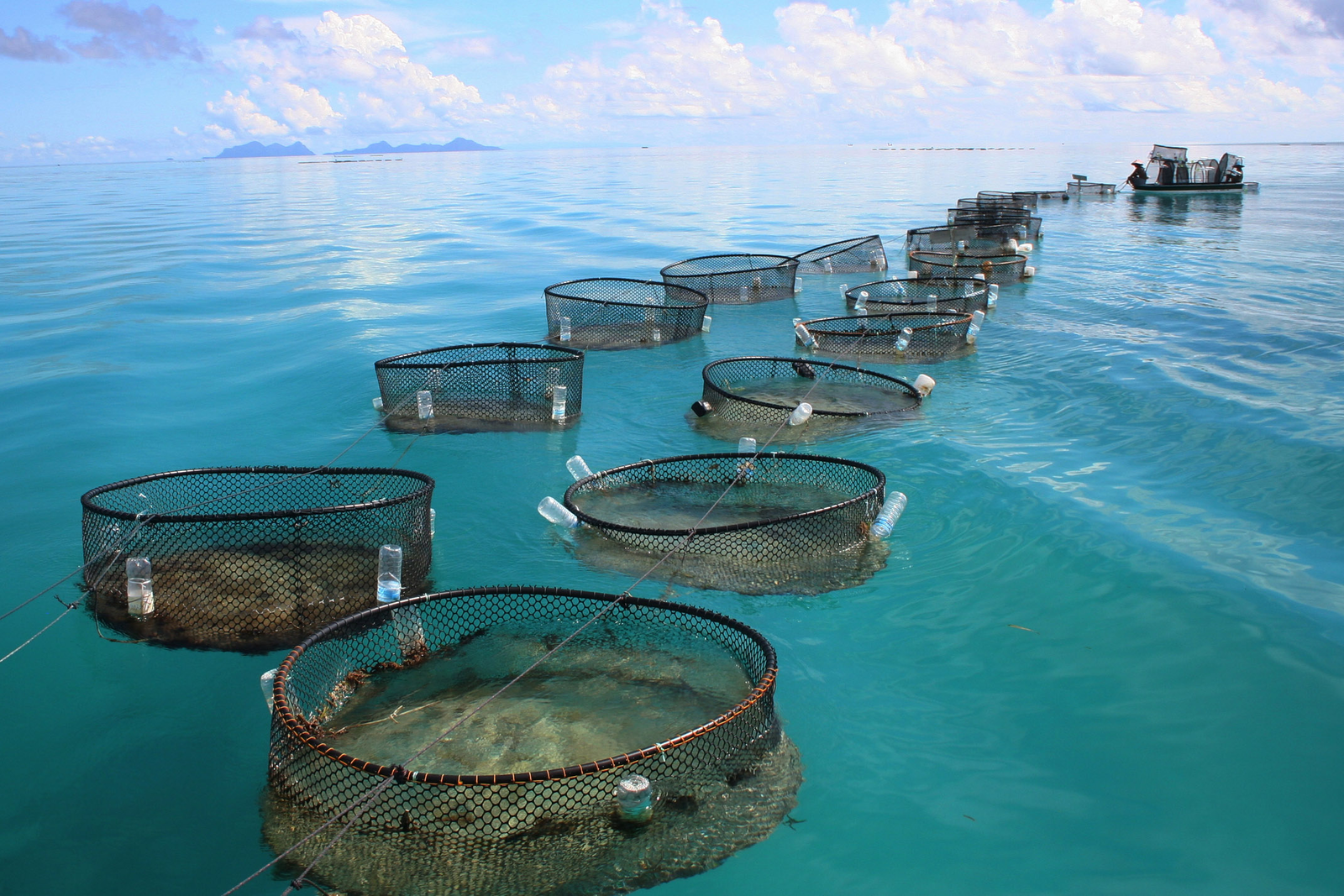Is the potential of enzymes in aquafeed realised?

Many microbial/fungal enzyme products available in the market are oriented to the livestock market and later promoted for use in aquaculture feeds. What measures are being taken to widen the enzyme use in aquaculture?
Enzymes are used to improve the availability of certain nutrients (proteases, amylases) or to eliminate the presence of certain antinutrients (phytase, nonstarch polysaccharides (NSP) enzymes). Exogenous enzymes are a well-accepted class of feed additives in diet formulations for poultry and swine, to overcome the negative effects of antinutritional factors, and to improve the digestion of dietary components and animal performance.
Effectiveness of enzymes in aquafeeds
At present, the application of enzymes in aquaculture feeds is more limited and is directly related to some constrains regarding the effectiveness of enzyme applications in aquafeeds. These concerns are mainly related to:
• The effect of temperature on the stability of enzymes applied in the feed prior to pelleting or extrusion;
• leaching loss of the enzyme in water, when enzymes are coated on the feed after thermal processing; and
• the effectiveness of microbial enzymes that have 37°C optimum temperature, when applied in cold water aquatic animals that have low body temperatures. These concerns will have to be addressed for the aquafeed industry to widely embrace enzyme application as a way to improve feed performance.
Most reported studies conducted on the application of enzymes in aquaculture species are on phytase application. The application and benefits of phytase in animal species are well documented. Up to 80% of phosphorus in plant seeds is in the form of phytate. The digestibility and availability of phytate phosphorus for fish is very low. Further, phytate forms chelates with a large number of mineral cations (K, Mg, Ca, Zn, Fe, and Cu) and complexes with proteins and amino acids, thereby reducing the bioavailability of other minerals and digestibility of proteins.
The in vivo efficacy of phytase enzymes is largely determined by their intrinsic properties, such as activity at different pH conditions, resistance against proteolytic degradation, and thermal stability.
Phytase supplementation in trout
Rodehutscord and Pfeffer (1995) conducted a study with trout where they were fed two vegetable diets (mainly based on soybean meal) with or without 1,000 U/kg phytase supplementation. At a water temperature of 15°C, both digestibility and utilization of phosphorus increased in the control vs. treatment group from 25% to 57% and from 17% to 49% respectively. Conversely, Cheng and Hardy (2002) showed that microbial phytase supplementation of diets at 500 U/kg diet containing barley, canola meal, wheat, and wheat middlings improved availability of energy and phosphorus in rainbow trout. Debnath et al. (2005) showed that phytase at 500 U/kg feed gave higher weight gain, apparent net protein utilization and energy retention value in Pangasius pangasius fingerlings.
Rainbow trout
In a related study, Debnath et al. (2004) showed that the whole-body content of Ca, P, Zn, Fe, Cu, and Co was elevated in fish fed diets supplemented with phytase levels more than 250 U/kg. Liebert and Portz (2005) reported better growth, feed conversion ratio, protein efficiency ratio, and mineral deposition in juvenile Nile tilapia, O. niloticus, fed diets supplemented with microbial phytase.
Supplementation of protease in salmonids
Protease supplementation in aquafeeds has been tested mainly in salmonids. Addition of 250 g/ton of a commercial protease to a coextruded canola–pea-based diet resulted in significant improvement in feed efficiency and apparent digestibility of crude protein, energy, lipid, and dry matter (P < 0.05) in rainbow trout (Drew et al., 2005). However, when the same protease was added to a cold-extruded flax–pea-based diet there was no effect on digestibility.
In another in vivo study conducted with three species of salmonids (coho salmon, Atlantic salmon, and rainbow trout), both protein and carbohydrate digestibility were improved significantly in fish fed treatment diets containing a commercial protease, when compared with those fed the control diets (Chowdhury, 2014).

Fish feed
Digestibility of NPSs
High levels of NSPs such as cellulose, xylans, and mannans reduce the nutritive value of many plant ingredients. Intestinal enzymes to digest these carbohydrates are not produced by most aquatic animals (Sinha et al., 2011). The improvement in the digestibility of NSPs is achieved by supplementation of NSP-degrading enzymes in the diet.
The application of NSP enzymes in fish diets was tested in several species. Ng and Chong (2002) reported that dry matter and energy digestibility coefficients of palm kernel meal in red hybrid tilapia improved when supplemented with pure mannanase and a commercial feed enzyme mix that included protease, cellulase, glucanase, and pectinase.
Application of feed enzymes
Most feed enzymes are applied in powder or granular form prior to feed conditioning. Feed conditioning (e.g. pelleting, expansion, extrusion) may adversely affect the efficacy of phytase since these enzymes are rapidly inactivated at temperatures above 50–60°C. Therefore, it has been a major target of research to improve the thermal tolerance of enzymes. Post-pellet spray application with liquid phytase represents an alternative to the incorporation of solid enzymes prior to conditioning.
Many of these methods of application require additional efforts in terms of labour and investments. With this in mind there are still concerns which will have to be addressed for the aquafeed industry to widely embrace enzyme application as a way to improve feed performance.
Source: Science Daily – Functional feed additives in aquaculture feeds











